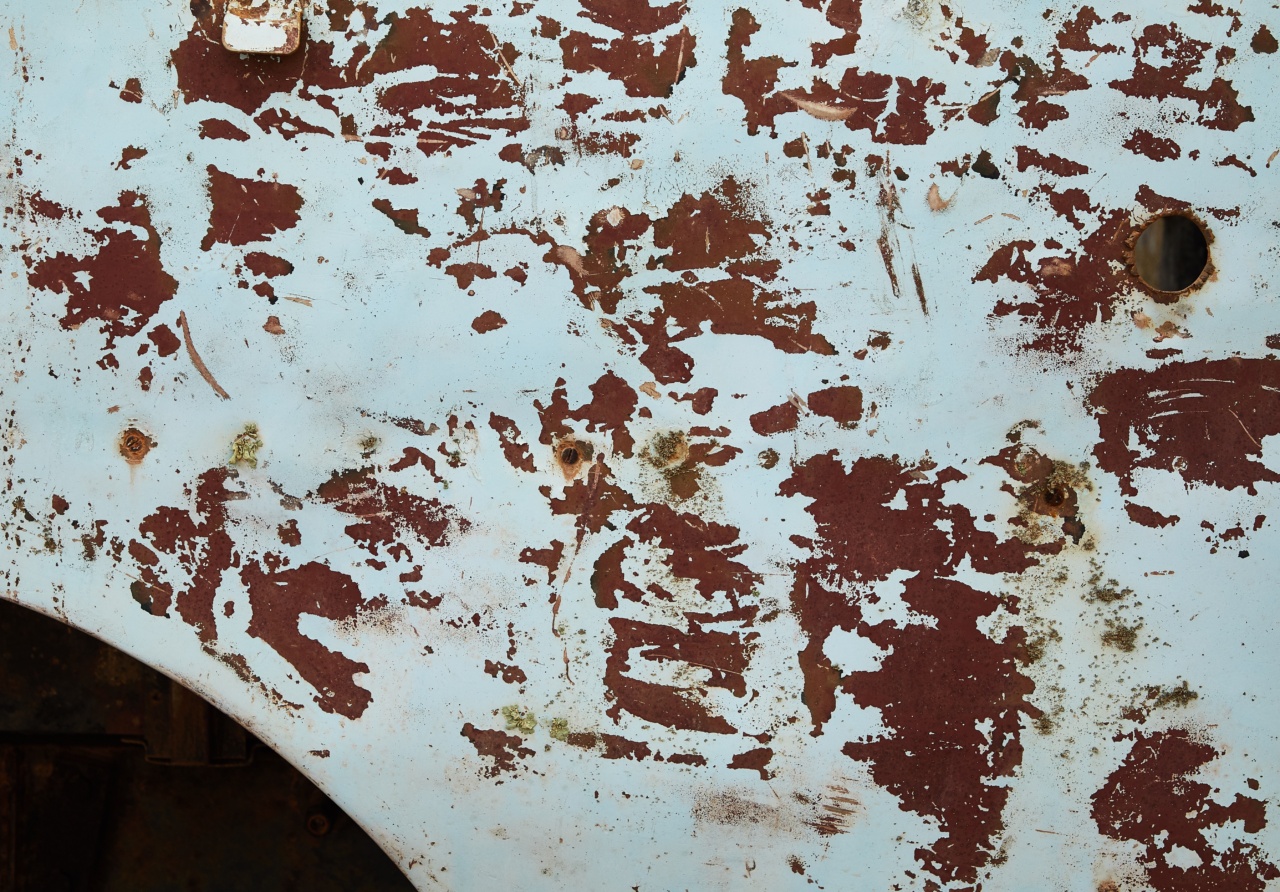Iron is an important mineral that plays a crucial role in many bodily functions. It is involved in the production of red blood cells, energy production, and the transportation of oxygen throughout the body.
While iron is necessary for our health, an excess of iron can lead to a condition known as iron overload or hemochromatosis. In this article, we will explore the signs and symptoms of iron overload and discuss what can be done to manage this condition.
What is Iron Overload?
Iron overload, also known as hemochromatosis, is a genetic disorder characterized by an excessive accumulation of iron in the body. This condition causes the body to absorb more iron than it needs.
Over time, this excess iron can build up in various organs such as the liver, heart, and pancreas, leading to organ damage and other health issues.
Types of Iron Overload
There are two main types of iron overload:.
1. Hereditary Hemochromatosis
Hereditary hemochromatosis is the most common form of iron overload and is caused by genetic mutations that affect the body’s ability to regulate iron absorption.
This type of iron overload is inherited from one or both parents and is more commonly observed in individuals of European descent.
2. Secondary Iron Overload
Secondary iron overload can occur as a result of underlying conditions such as chronic liver disease, excessive iron supplementation, repeated blood transfusions, or certain blood disorders.
Unlike hereditary hemochromatosis, secondary iron overload is not primarily caused by genetic mutations.
Signs and Symptoms of Iron Overload
Iron overload often develops gradually, and its symptoms may vary from person to person. Some signs and symptoms to watch out for include:.
1. Fatigue and Weakness
Excess iron in the body can interfere with energy production, leading to feelings of fatigue and weakness. Individuals with iron overload may experience low energy levels, decreased stamina, and difficulties in performing everyday tasks.
2. Joint Pain
Iron accumulation in the joints can cause inflammation and pain. Joint pain, especially in the hands and feet, is a common symptom of iron overload. The pain may range from mild to severe and can significantly impact a person’s quality of life.
3. Abdominal Pain
Iron overload can lead to abdominal pain, often in the upper right quadrant. This pain may be accompanied by other digestive symptoms such as nausea, vomiting, or loss of appetite.
4. Skin Discoloration
Excess iron can cause a bronze or grayish tint to the skin. This discoloration is more noticeable in areas of the body exposed to the sun, such as the face, hands, and arms. The skin may also appear to be more tanned than usual.
5. Heart Problems
Iron accumulation in the heart can lead to various cardiac issues. Individuals with iron overload may experience an irregular heartbeat, heart palpitations, or even heart failure in severe cases.
6. Liver Problems
The liver is one of the organs most affected by iron overload. Excess iron can cause liver damage and lead to conditions such as liver cirrhosis, hepatomegaly (enlarged liver), or liver cancer.
7. Diabetes and Endocrine Disorders
Iron overload has been linked to an increased risk of developing diabetes and other endocrine disorders. The excess iron can impair insulin production and affect the body’s ability to regulate blood sugar levels.
8. Sexual and Reproductive Issues
In men, iron overload can lead to a decreased libido, erectile dysfunction, or infertility. Women may experience irregular menstrual cycles or premature menopause due to hormonal imbalances caused by excess iron.
Diagnosis of Iron Overload
If you suspect you may have iron overload or are experiencing any of the aforementioned symptoms, it is essential to consult a healthcare professional.
A diagnosis of iron overload is typically made through a combination of medical history, physical examination, and blood tests.
The most common blood test for iron overload is serum ferritin, which measures the level of stored iron in the body.
Genetic testing may also be performed to determine if the individual has hereditary hemochromatosis or any underlying genetic mutations associated with iron overload.
Treatment and Management
The primary treatment for iron overload is therapeutic phlebotomy, also known as blood letting. This procedure involves regularly removing a specific amount of blood to reduce iron levels in the body.
The frequency and duration of therapeutic phlebotomy may vary depending on individual circumstances and iron levels.
In some cases, individuals with iron overload may need to limit their intake of dietary iron-rich foods, such as red meat, liver, and fortified cereals. Avoiding vitamin C supplements and alcohol can also help reduce iron absorption.
It is crucial to work closely with a healthcare professional or a registered dietitian to develop a personalized treatment plan based on individual needs.
Regular monitoring of iron levels and overall health is essential to manage iron overload effectively.
Conclusion
Iron overload, or hemochromatosis, is a condition characterized by excessive iron accumulation in the body. It can lead to various organ damage and health complications if left untreated.
Recognizing the signs and symptoms of iron overload is crucial for early detection and intervention. If you suspect iron overload, seek medical attention to receive an accurate diagnosis and appropriate treatment. With proper management, individuals with iron overload can live healthy and fulfilling lives.





























